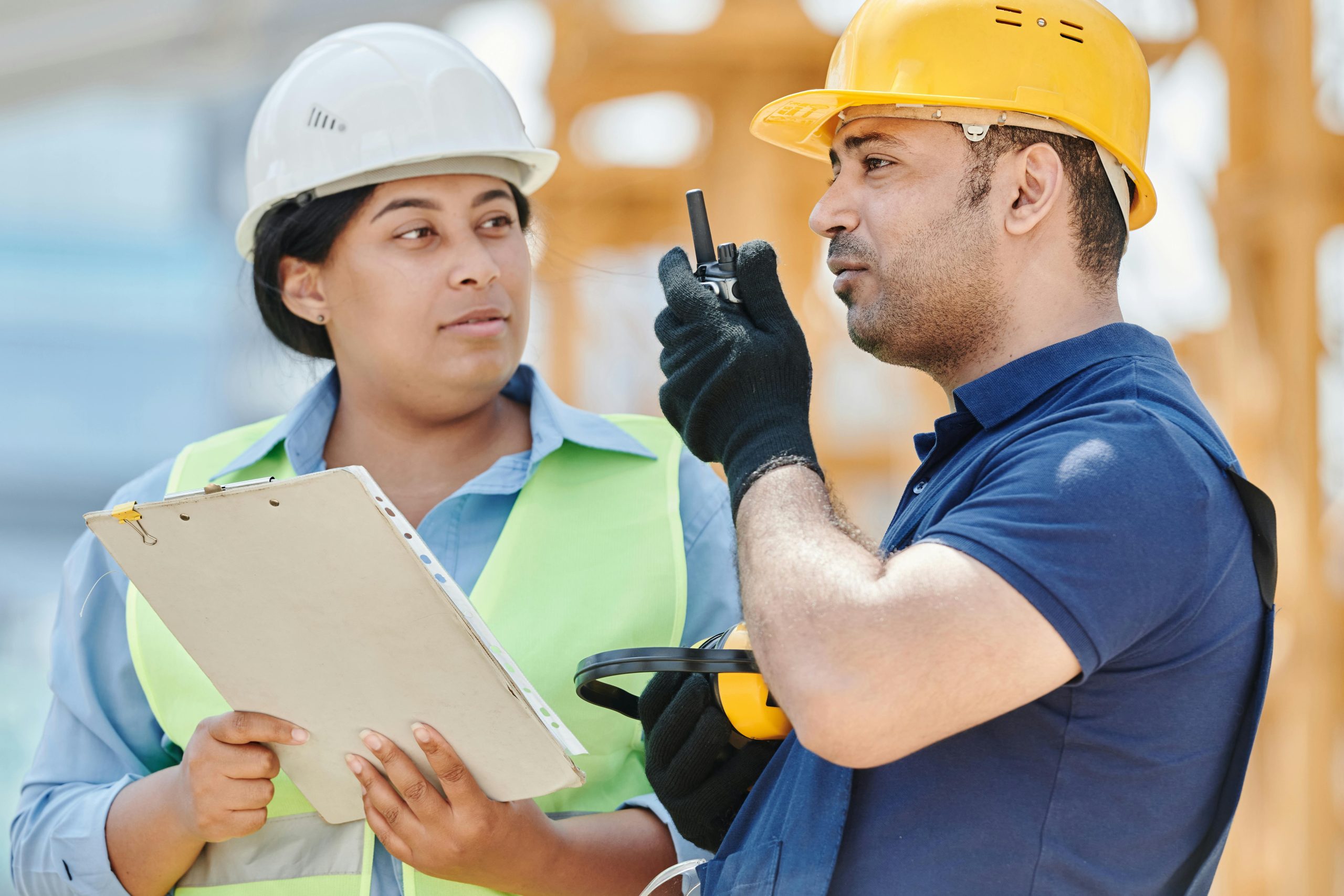Introduction
Effective workplace safety communication is the cornerstone of a secure and productive working environment. As industries evolve and new technologies emerge, how we communicate about safety must also adapt. In 2025, several trends are shaping the way organizations approach Workplace safety communication, emphasizing not just compliance but also employee engagement, real-time alerts, and proactive risk management.
The Rise of Real-Time Communication Tools
Leveraging Technology for Instant Updates
Real-time tools like mobile apps, wearable devices, and cloud-based platforms have revolutionized workplace safety communication. These tools enable immediate sharing of hazards, incidents, or emergency instructions, helping teams respond faster and more effectively. Instant messaging platforms and alert systems ensure that no critical safety update is delayed.
Integrating AI and Automation
Artificial intelligence is streamlining workplace safety communication by automating routine updates, tracking safety compliance, and analyzing risk patterns. Automation allows safety teams to send scheduled reminders, conduct virtual safety audits, and trigger alerts based on sensor data, all of which contribute to a safer work environment.
Emphasis on Two-Way Communication
Encouraging Employee Feedback
Modern workplace safety communication isn’t just about top-down instructions. Encouraging employees to report unsafe conditions, near-misses, and suggestions for improvement is now standard. Platforms that support anonymous reporting and digital feedback forms are becoming key to creating a culture of openness and trust.
Safety Committees and Worker Involvement
Forming safety committees that include workers from various departments enhances workplace safety communication. These groups serve as a bridge between employees and management, ensuring that concerns are heard and addressed promptly.
Multilingual and Inclusive Communication
Breaking Down Language Barriers
With increasingly diverse workforces, companies must adopt multilingual workplace safety communication strategies. Translating safety materials, using universal symbols, and employing interpreters where necessary ensures that all workers understand safety procedures, regardless of their primary language.
Accessibility for All
Inclusion also means addressing physical or cognitive disabilities. Visual aids, audio instructions, and accessible digital platforms make workplace safety communication more effective for all team members, ensuring no one is left behind in critical safety conversations.
Data-Driven Communication Strategies
Using Analytics to Guide Communication
Organizations are turning to data analytics to assess the effectiveness of their workplace safety communication strategies. By tracking incident reports, training completion rates, and employee feedback, businesses can pinpoint weak areas and tailor communications accordingly.
Predictive Safety Messaging
Predictive tools analyze trends to forecast potential hazards. This proactive approach enables targeted workplace safety communication, such as alerting forklift drivers to increased congestion in warehouse zones or notifying construction crews of weather-related risks.
Training and Education Innovation
Microlearning and Interactive Modules
Traditional safety training is being replaced with shorter, more engaging formats. Microlearning and gamified modules make workplace safety communication more digestible and memorable, especially for younger or tech-savvy workers.
Virtual Reality (VR) Safety Training
VR is becoming a powerful tool in workplace safety communication, allowing employees to experience hazardous scenarios in a controlled environment. This not only enhances retention but also prepares workers for real-life challenges in a more immersive way.
Building a Safety-First Culture
Leadership’s Role in Communication
Leaders set the tone for workplace safety communication. Regular updates, visible participation in safety meetings, and transparent communication from management reinforce the importance of safety across all levels.
Recognition and Accountability
Rewarding safe behavior and holding individuals accountable fosters responsibility. Recognizing employees who report hazards or suggest improvements promotes active participation in workplace safety communication.
Conclusion
As the modern workplace continues to change, so must the strategies for workplace safety communication. From embracing real-time tools and AI to promoting inclusivity and data-driven decisions, the trends of 2025 highlight the shift toward smarter, more human-centric approaches. Organizations that prioritize effective workplace safety communication will not only reduce risks but also cultivate a culture of trust, awareness, and continuous improvement.
